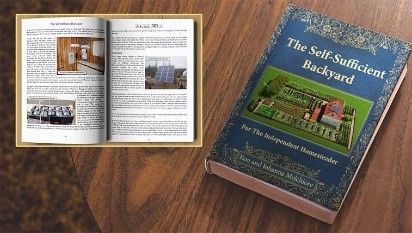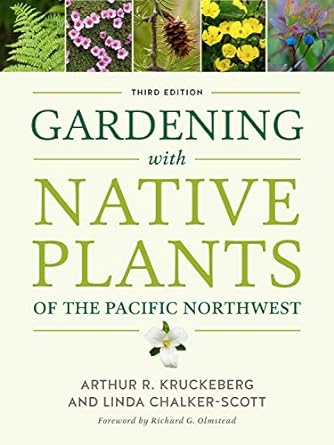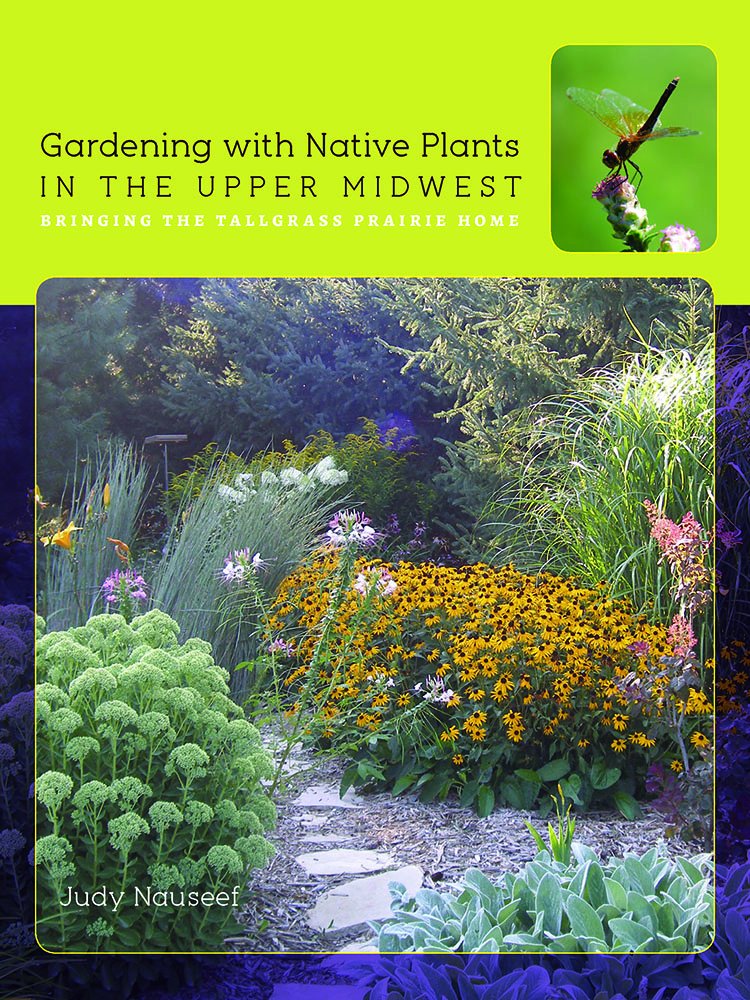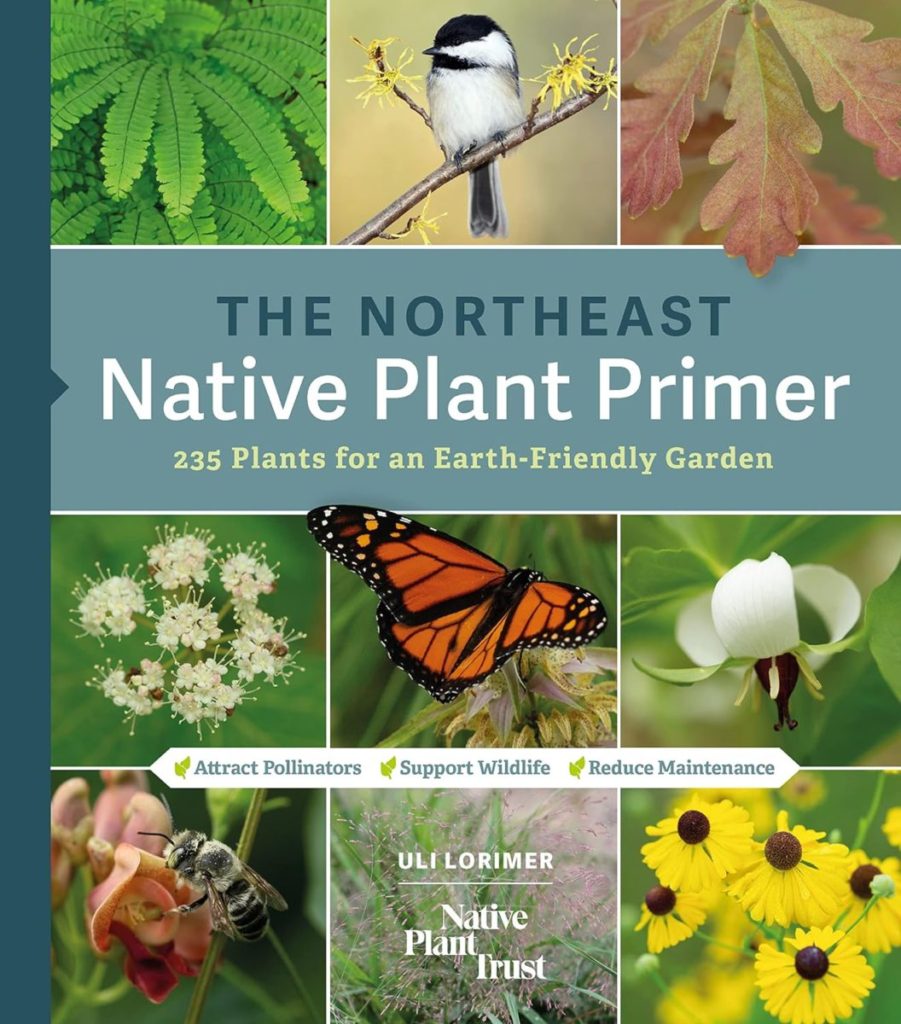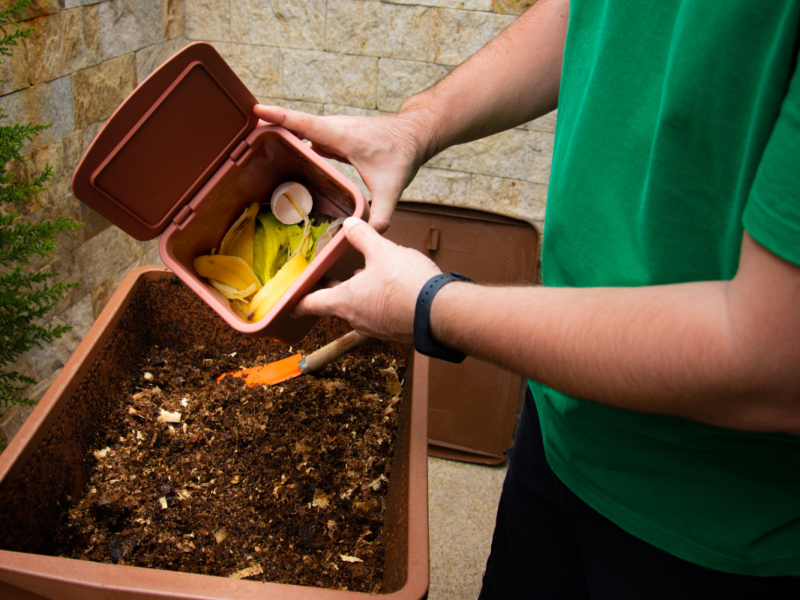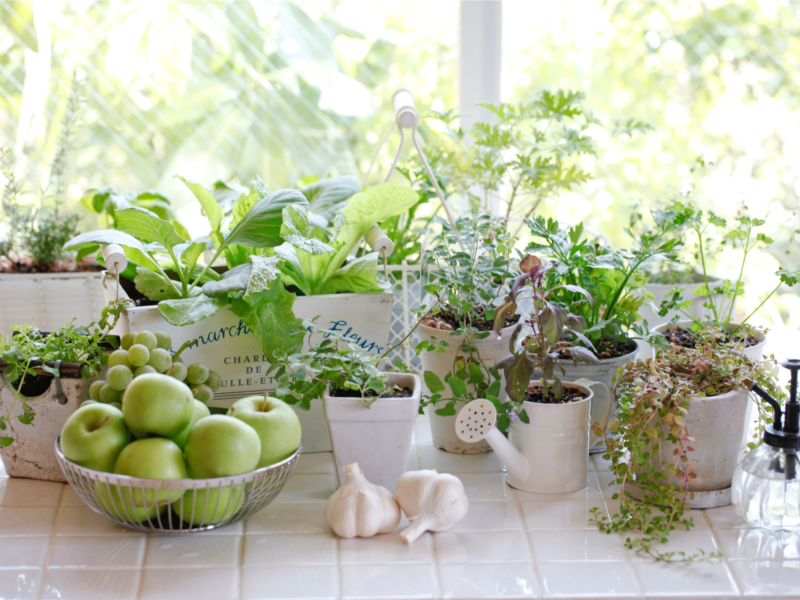Do you know about the health benefits of permaculture? Here is what you need to know to grow food with permaculture gardening principles.
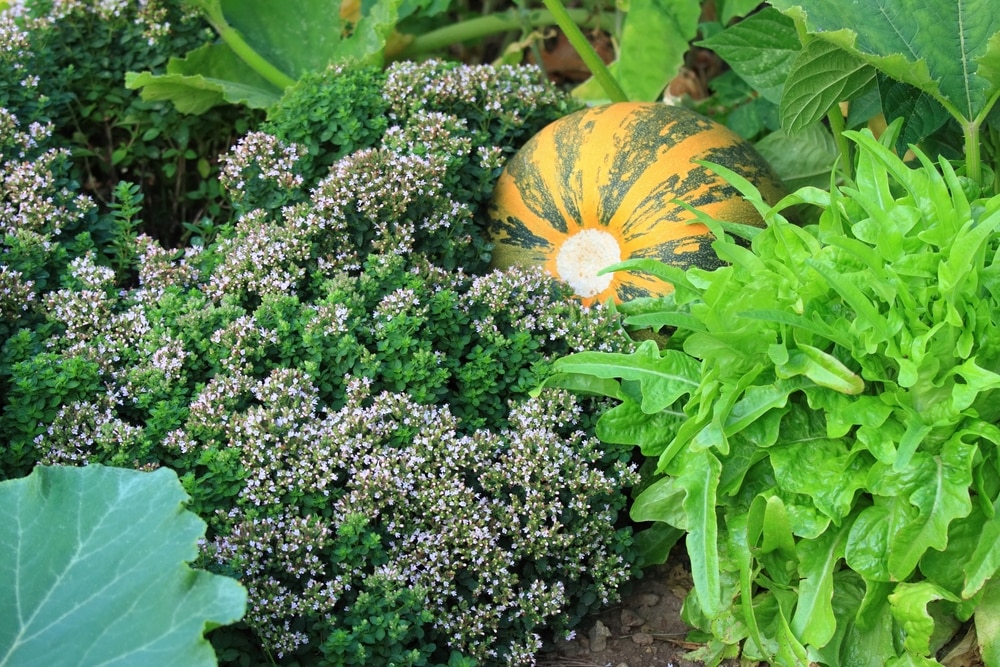
This post may contain affiliate links, which means I can receive a commission from any purchase made from the links. I earn from purchases from Amazon links. See the disclosure policy here.
Eco-friendly and sustainable living has become increasingly important in our modern world of overconsumption, pollution, and climate change. Permaculture gardening uses permaculture principles to create sustainable spaces that reduce waste and improve your self-reliance. This guide will teach you the basics of permaculture gardening and show you how to put it into practice on your homestead or in your community garden so you can start growing more of your food with permaculture techniques!
This post is all about growing food in a sustainable way with permaculture gardening principles.
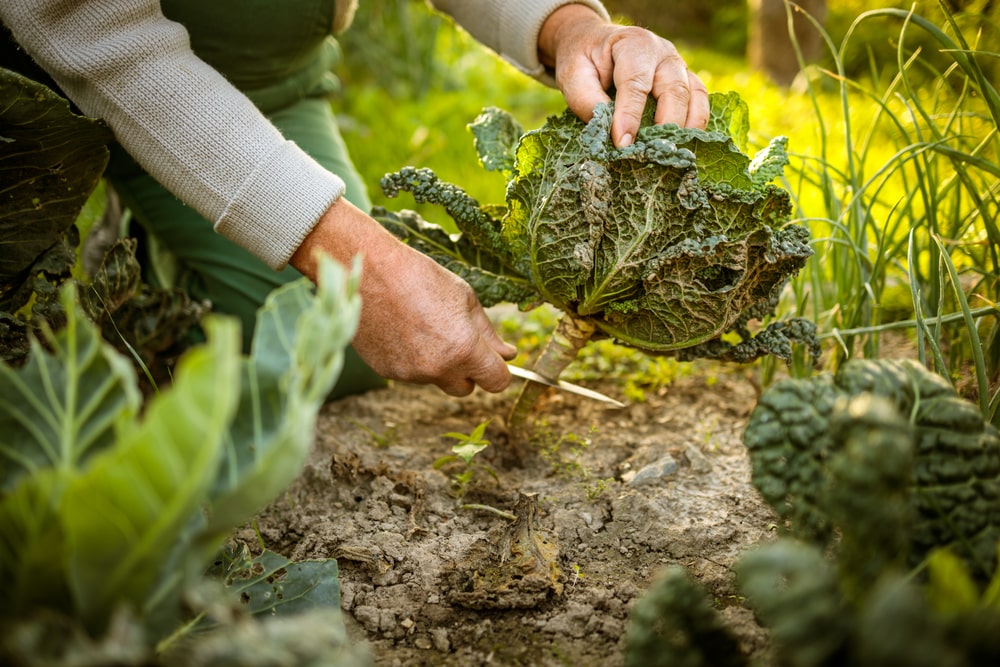
What You Need to Know to Start a Permaculture Garden
With permaculture gardening principles, you can grow your food organically and sustainably. It is more than just a gardening method. It’s a philosophy that intertwines sustainability, ecological balance, and self-sufficiency. Permaculture can restore a patch of land into a thriving ecosystem. This guide is your first step toward understanding the essentials of permaculture gardening.

What is Permaculture Gardening?
Permaculture uses ecological principles to create sustainable, regenerative systems that can be used in everything from home gardens to large farms.
The permaculture design process focuses on building healthy, interdependent relationships between plants, animals, and people while using only renewable resources so nothing is wasted.
Therefore, using permaculture principles in your garden, you can grow delicious food and beautiful flowers without polluting the land or depleting its resources.
Gardeners who are interested in eco-friendly and sustainable living often gravitate towards permaculture. Many refer to their gardens as permanent or permaculture gardens.
What is permaculture, and how can it change your gardening approach?
Permaculture is a design science developed in Australia by Bill Mollison and David Holmgren in 1978.
Proponents of permaculture sustainably promote growing food and products. Gardeners can use several permaculture techniques to grow plants that thrive naturally in their environment.
As a bonus, plants grown through permaculture are more nutritious than their non-permaculture counterparts. For instance, creating a habitat for wildlife is another benefit of incorporating permaculture into your gardening practices.
Creating healthy living habitats makes animals less likely to destroy crops or your garden. They return valuable nutrients to the soil and spread organic matter where it belongs.
Integrated pest management is yet another part of permaculture; it involves using natural methods like insects and birds to combat pests that might invade your garden space without harming nearby wildlife or beneficial insects.
The Rules and Guidelines of Permaculture
| Permaculture Rules | Description |
|---|---|
| 1. Observe and Interact | Study and understand the natural environment before making interventions. |
| 2. Catch and Store Energy | Harvest and store energy efficiently for future use, such as rainwater harvesting and renewable energy sources. |
| 3. Obtain a Yield | Ensure that your efforts in a system generate useful products or services. |
| 4. Apply Self-Regulation and Accept Feedback | Continuously evaluate and adapt to feedback, fostering resilience and stability. |
| 5. Use and Value Renewable Resources and Services | Prioritize the use of sustainable, renewable resources over non-renewable ones. |
| 6. Produce No Waste | Aim for a closed-loop system, minimizing waste and making use of by-products. |
| 7. Design from Patterns to Details | Consider the whole system and its patterns before focusing on specific elements. |
| 8. Integrate Rather Than Segregate | Foster beneficial connections and relationships between different components in the system. |
| 9. Use Small and Slow Solutions | Implement changes gradually and on a small scale to better understand their impact. |
| 10. Use and Value Diversity | Encourage biodiversity and variety to enhance the resilience of the system. |
| 11. Use Edges and Value the Marginal | Utilize the edges and margins of a system, where different elements meet, as areas of opportunity. |
| 12. Creatively Use and Respond to Change | Embrace change as an inevitable part of the system and use it as an opportunity for innovation. |
Permaculture Principles
Permaculture is not gardening. It’s a way of thinking about—and designing—agricultural systems. The focus is not on growing plants but on developing relationships.
With this in mind, permaculture is a concept in regenerative agriculture that focuses on creating ecosystems that are designed to be self-sustaining.
So, permaculture is based on ecological principles like self-sufficiency and sustainability.
Permaculture is the practice of designing systems that inspire nature.
Growing food is an integral part of sustainable living, but it can be challenging if you don’t have access to the right resources. Fortunately, there are ways to grow food at home using permaculture techniques and principles to make your gardening efforts more eco-friendly and sustainable than ever before. So, learn how to start gardening with permaculture techniques today!
How to Apply Permaculture Principles in the Garden
- Understand nature through observations and interaction. Comprehending how natural systems work will help you know how to mimic them in your garden.
- Find ways to capture energy that can be reused, such as producing food with solar power and collected rainwater.
- Obtain a yield from the systems created with permaculture. In this case, fresh produce and herbs.
- Apply self-regulation and accept feedback. Listen to your garden. What is working or not working, and how can you improve?
- Use renewable resources for a self-sustained garden: Redirect rainwater, no dig gardens, create your soil with compost, mulch with grass clippings to fertilize the soil, and plant companion plants together to avoid chemical pesticides.
- Maximize and repurpose resources to create zero waste. Rabbits make a great addition to the garden for ready-to-use fertilizer, and they will eat produce scraps.
- Design your garden to work with nature instead of against it. From patterns to details, think protection from winds, planting on a hill for good drainage, and beds designed to maximize water use.
Permaculture means creating systems.
- Diversity is key! Nature tends to thrive in ecosystems rich in plant species. For instance, it is rare to see an ecosystem of one plant, like soybeans. Replace your row-by-row garden with a diversified, species-rich system that makes your work easy.
- Baby steps are the key to sustainable change when making changes in the landscape!
- Plant a variety of things that bring value to your garden. For instance, plant a fruit tree that provides shade to the berries below and herbs and garlic to keep grass away from the berries. Diversity and value are top priorities in the garden.
- Maximize your space and use whatever nooks and crannies are available for planting.
- Be creative and embrace change. Sit back and let nature have control while your garden flourishes.
- Permaculture is derived from permanent agriculture and describes an agricultural design system mimicking natural ecosystems.
The most important permaculture principles are threefold:
Care for the earth; take full responsibility for your actions and give as much as you receive.
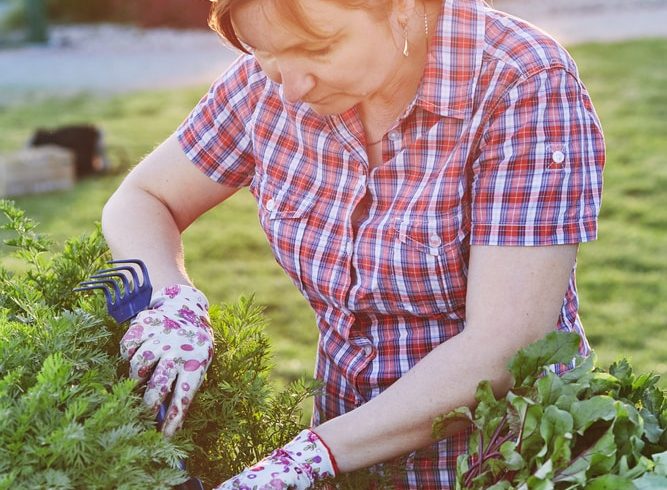
Why is Permaculture Gardening Important?
Permaculture provides access to renewable and sustainable resources, even in urban environments. Following permaculture design principles and planting to work with nature instead of against it, you can grow all sorts of food in your backyard—even if you live in an apartment building.
Similarly, this is especially important for those living in densely populated areas where food options are limited or for anyone who wants to grow a little extra something on their property.
Permaculture is a growing field, and for good reason. Today’s world is trying to find ways to live more sustainably, from carbon footprints to water conservation, waste reduction, and energy use. Permaculture has much to offer.
Hence, permaculture gardening techniques can help you grow organic food without chemical pesticides or fertilizers; most importantly, permaculture systems can be set up so that you don’t need much time each day or season to keep your garden running.
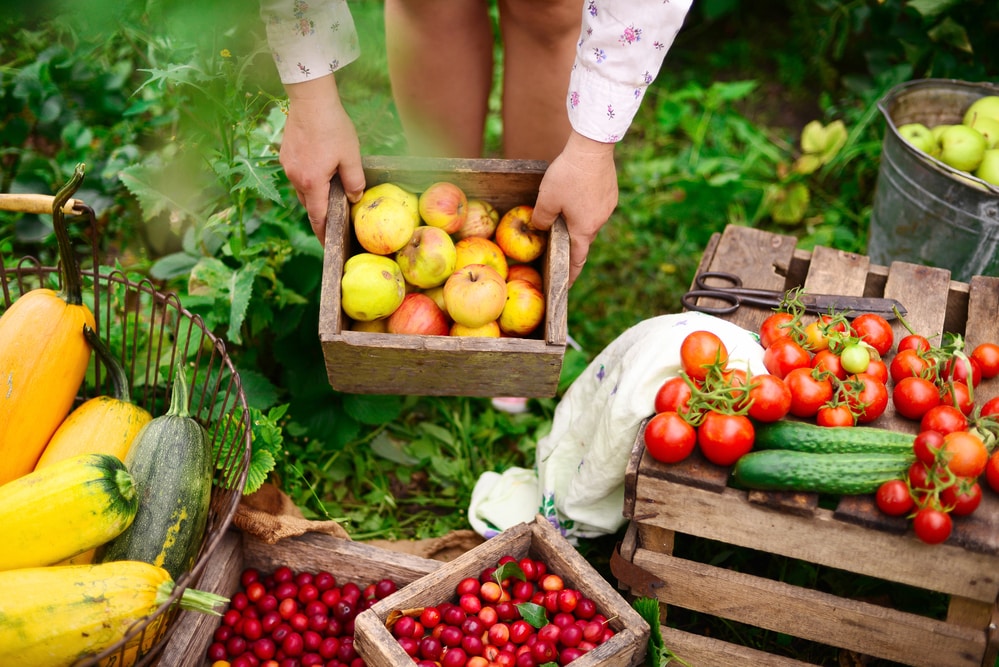
Permaculture Gardening is Sustainable
If you’re trying to be as eco-friendly, true zero-waste, and sustainable as possible, building your garden or homestead with permaculture principles might make sense. For this reason, one way to do that is by adding new-to-you heirloom varieties of fruit and vegetables to your diet.
Heirlooms are prized food-producing plants that have been saved for a long time. Their seeds are collected and dedicated to protect the plant’s future availability.
Using permaculture techniques, you can grow all sorts of different fruits and veggies. And it can even save you money!
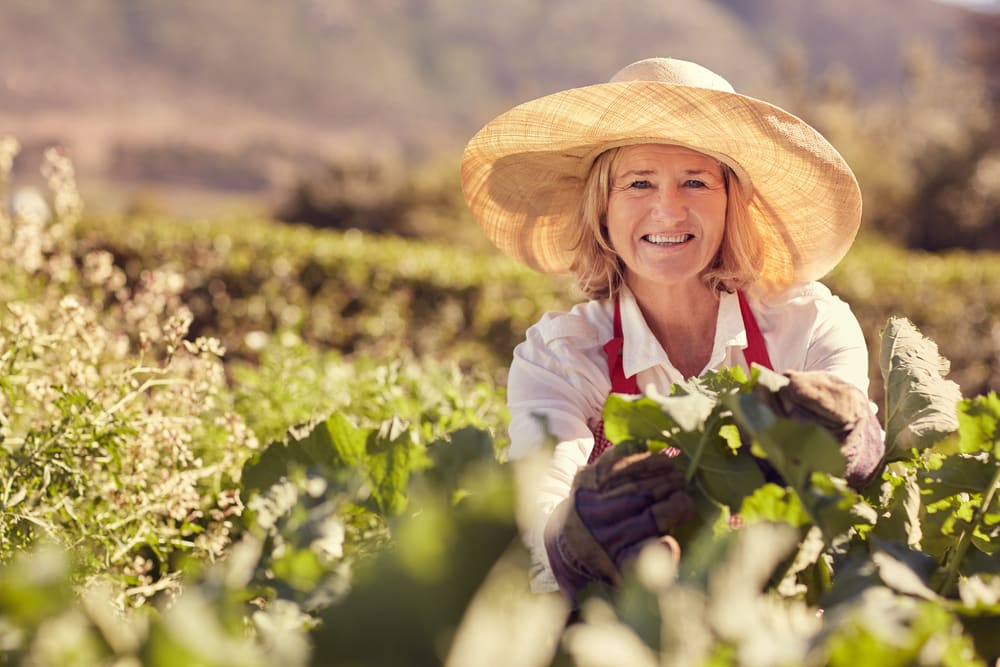
Permaculture Gardening and Your Health
One overlooked principle in healthy living is the health of our environment. This is true on every level, from your garden’s ecosystem to your health. Every system needs nutrients and balance to be healthy.
Your garden needs balance within its system to thrive sustainably and organically. The soil needs nutrients that depend partly on its microbiome: the microorganisms and worms that work together to enrich the soil.
Permaculture gardening methods promote health within the garden ecosystem by working with nature instead of against it.
Produce sourced from a permaculture garden is the most nutrient-dense. Thus, incorporating these foods into your diet offers innumerable benefits.
A nutrient-dense diet fuels your body with everything it needs to fight off illnesses. Therefore, a diet produced with permaculture principles could prevent chronic diseases like cancer and slow aging.
Everyone knows vegetables are good for you, but their nutrition depends on many factors. For example, how fresh they are, how long ago they were picked, and how far they had to travel to reach you.
How was it grown? What chemicals were used? What about the soil quality?
Gardening with permaculture eliminates these questions. When produce is grown on a small scale, it can be in its natural form and remain close to what nature intended.
Chemical fertilizers and pesticides can be avoided, so you can get all those healthy nutrients in their purest form—straight from nature!
Every meal is an opportunity to support your body and do all the fantastic things to keep you healthy. Therefore, raising your food with permaculture gardening principles is ideal for putting good food on your plate without worry.

Benefits of Permaculture Gardening
A permaculture garden can create food self-sufficiency regardless of your living situation—in town or out, urban or rural, tight budget or luxury accommodations.
If you’re into gardening but wish there was a better way to do it or want to live more sustainably, permaculture has an answer for you.
This eco-friendly method combines organic gardening with landscape design and a respect for nature to maximize growth and efficiency.
The result is a garden that requires less care, less water, and less fuel (meaning fewer emissions) than your average plot of land.
Thankfully, the world is seeing a growing trend in eco-friendly and sustainable living. Growing your own food instead of purchasing it has many benefits—you’re more likely to be exposed to fresh fruits and vegetables, save money on grocery bills, and have a great time learning how to garden!
The best part is that permaculture gardening techniques are simple and cost-effective. You will create the ideal gardening goal: Less work, more reward.
Easy Permaculture Garden Techniques
When most people think of permaculture, they picture a food forest filled with dozens of species, from edible plants to medicinal herbs.
But that’s not how it works for everyone—and it doesn’t have to be. You can easily apply permaculture principles to your garden and lifestyle in small, manageable ways, resulting in bigger rewards than you might think.
How to Start a Garden with Permaculture
Anyone can benefit from permaculture gardening techniques; once you learn them, you’ll start seeing results immediately.
Permaculture principles make gardening EASIER!
More Ways to Bring Permaculture to Your Homestead Garden
It’s possible to utilize permaculture techniques in your homestead for growing food and designing and constructing your home.
You can incorporate some simple permaculture principles into your home construction, saving time and money on on-site preparation.
Water
Every permaculture gardener knows that water is a limited resource. Watering can be difficult, and it’s easy to waste a lot of water if you’re not careful.
To limit your watering time and ensure you don’t waste any, consider utilizing micro-irrigation or drip irrigation when growing plants on your homestead. For even more sustainability, collect rainwater for your new watering system.
By installing these systems around plants, especially during dry periods, you can deliver enough water to keep them healthy while wasting less in run-off.
Sun
Although full-sun areas help most summer veggies, too much may harm certain plants. Planting vines, dwarf fruit trees, and berry bushes can serve as vertical elements to increase your garden’s efficiency.
You can grow greens and herbs around the base of the shading plants to extend their production. In return, your plant choices can provide weed control, nitrogen uptake, and beneficial insect attraction to those trees or vines.
This post was all about using permaculture principles in your garden.

